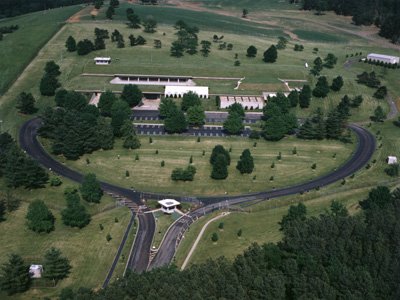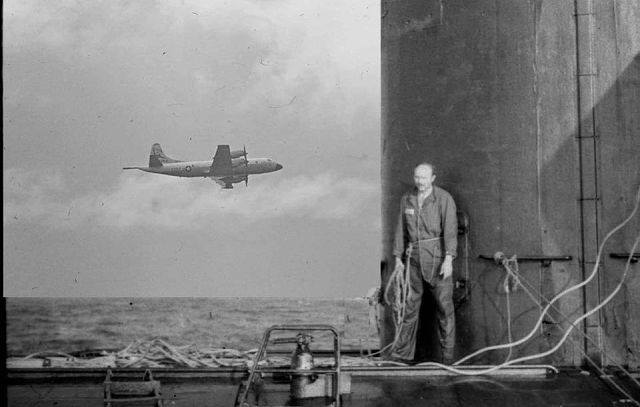OTD 55 years ago, this small announcement of a new federal construction contract appeared in the Baltimore Sun. It probably didn't attract much attention, but the facility it referenced would go onto become an integral part of the US government's plans to survive a nuclear war. 

Built and operated by the Federal Reserve Bank of Richmond, Virginia, and dedicated on December 10, 1969, the bunker inside Mount Pony, about 70 miles SW of Washington, DC, served as the central hub for all electronic funds transfers in America. But it also had a secret function. 



From December 1969 until 1988, the Federal Reserve stored several billion dollars of shrink-wrapped currency—incl. for awhile a large number of $2 bills—in a 23,500 sq. ft. vault in this 139,800 sq. ft. radiation-hardened building. The money was in 9-foot high stacks on pallets. 



In the event of a nuclear war, the cash would have been used support what remained of the economy by replenishing currency supplies east of the Mississippi. (Presumably there was a similar facility to handle the financial needs of the western two-thirds of the country.)
Until July 1992, Mount Pony also served as a continuity of government facility. With a peacetime staff of 100, the site was designed to support an emergency staff of 540 for thirty days (although only 200 beds were provided in the men’s and women’s dormitories).
A pre-planned 30-day menu of freeze-dried foods was stored on site; private wells would provide uncontaminated water after an attack. The facility also included a cold storage area for maintaining bodies that could not be promptly buried, an incinerator, and indoor pistol range.
In 1997, Congress authorized transferring the site to the Library of Congress. It now houses the Packard Campus of the library's 415,000-square-foot National Audio-Visual Conservation Center, incl. more than 90 miles of shelving for collections and 35 climate-controlled vaults. 

Big hat tip to @CONELRAD6401240 for sharing the original clipping!
• • •
Missing some Tweet in this thread? You can try to
force a refresh


























